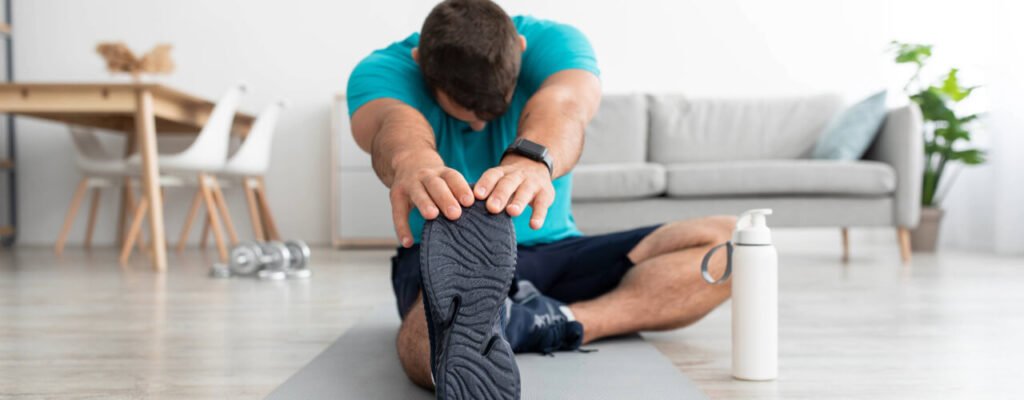ACL Injury Prevention: Strengthening vs. Stretching Exercises

If you play football, basketball, and soccer, then you’re probably aware of the prevalence of ACL injuries–although it’s important to remember that ACL injury prevention is important for anyone involved in sports and serious physical activities.
The ACL, or anterior cruciate ligament, is one of four key ligaments in your knee. It helps stabilize the joint and prevents the shinbone from sliding out in front of the thigh bone. It’s also important for activities that involve sudden stops, jumps, or changes in direction, which is why sports like soccer, basketball, and skiing can put the ACL under so much pressure.
All that pressure means certain athletes are at high risk of developing an ACL injury. Unfortunately, ACL injuries often require surgery–not to mention a lengthy rehabilitation–before you can jump back in the game. It’s no surprise, then, that many athletes choose to focus on ACL injury prevention instead.
However, many people don’t know what prevention activities work best when protecting the ACL. Often, people think they need to stretch more to prevent ACL injuries. In reality, you need to strengthen more.
At UNIQ Physical Therapy, we have extensive experience helping improve the overall health and function of the knee–which includes protecting against ACL injuries. Today, we want to explore some of the best strategies for preventing ACL injuries and why stretching is not one of them.
Keep reading to learn more. And if you’d like to get started with an ACL injury prevention plan of your own, schedule an appointment at our (town) clinic today!
Stretching Versus Strengthening: What’s the Difference?
Both stretching and strength training involve your muscles but perform different roles.
Stretching involves elongating the muscles and tendons to enhance flexibility and maintain muscle elasticity. It can also be relaxing.
Strengthening, in contrast, focuses on building muscle strength and endurance through resistance, which can come from body weight, free weights, machines, or resistance bands. Strength training is about more than building a muscular physique; it actually plays a crucial role in ACL injury prevention–and, indeed, injury prevention overall.
A Comprehensive ACL Injury Prevention Plan
Preventing ACL injuries requires a comprehensive approach that addresses a few key areas. Strength, of course, is one of the most significant, but it’s important to strengthen the right areas of your body. We focus primarily on your core and lower extremity muscles, as they help stabilize your knee, which reduces stress on the ACL that can lead to injury.
We’ll also work with you to improve neuromuscular control, the process by which your brain communicates with your muscles. Improving neuromuscular control will improve your overall movement, stabilization, and balance, making it easier to properly perform the quick cutting motions that often lead to ACL injuries.
Finally, good proprioception is also essential in ACL injury prevention. Proprioception is your body’s awareness of itself in space, and when you improve it, you improve your stability and landing mechanics.
A good ACL injury prevention plan will incorporate exercises that address these areas. Depending on your needs and abilities, you might…
- Do squats and planks to improve core strength.
- Stand on one foot with your eyes closed to improve proprioception.
- Perform complicated footwork patterns to improve neuromuscular control.
We’ll Find the Best ACL Injury Prevention Plan For You
When you visit UNIQ Physical Therapy, our physical therapists will take the time to learn more about your specific needs, including your health history, current activities, and overall goals. We’ll also perform several movement screens to check your mobility, strength, and biomechanics. All this information will allow us to select the best exercises and techniques for you.
Ready to get started? Schedule an appointment with us today!




